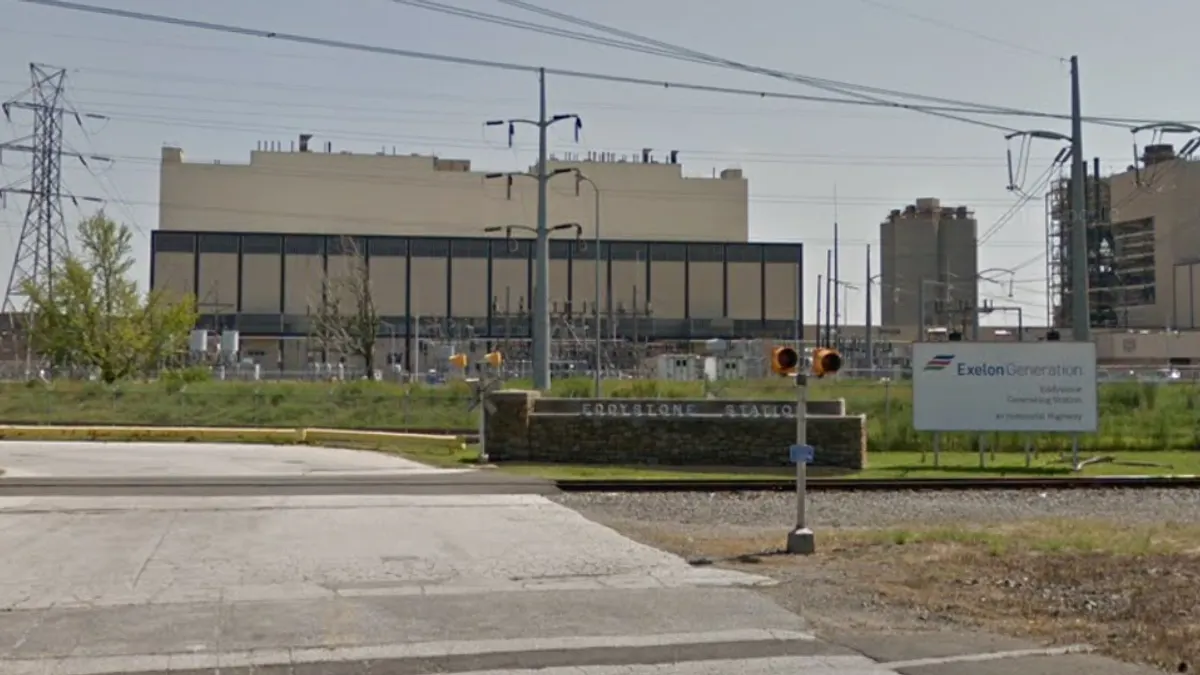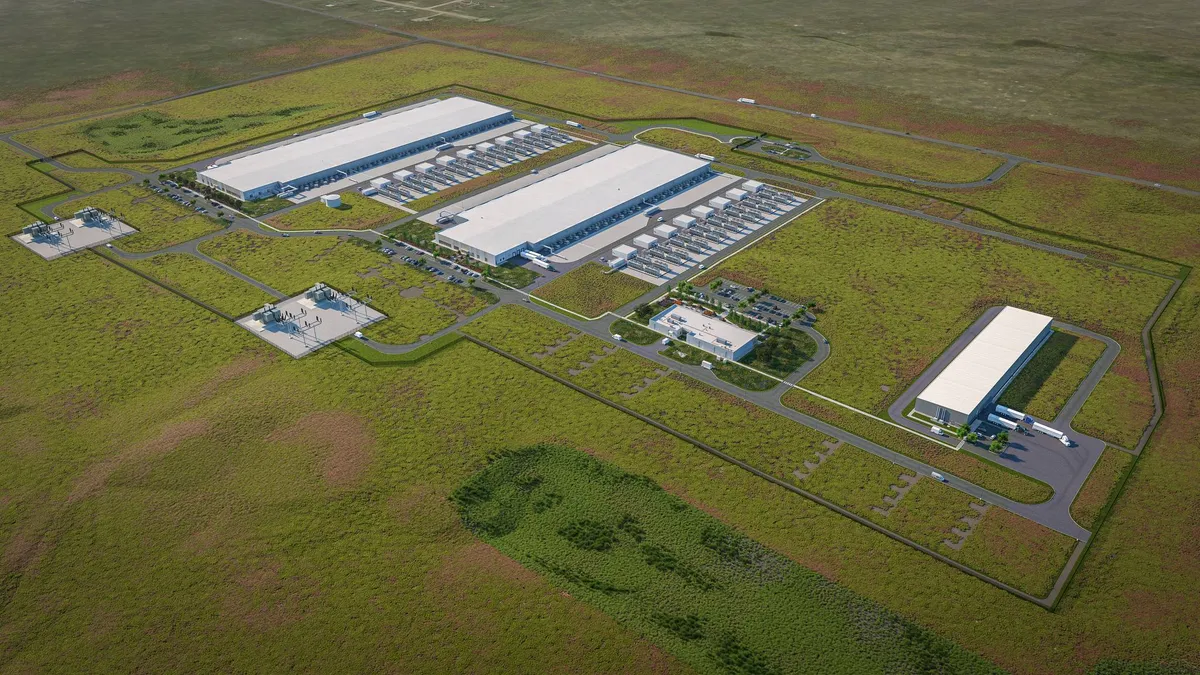Terry Harvill is the managing director of Laclede Economics and August Ankum is a founding partner and chief economist at QSI Consulting.
For years, interconnection reform has been framed as a process challenge rather than an economic one. The prevailing view assumes that speculation in generation interconnection queues is an administrative inefficiency, an unfortunate but fixable consequence of outdated procedures. The proposed solutions follow that logic: more standardization, stricter readiness requirements and incremental rule changes like milestone payments.
That approach misses the point. The real issue is not queue management. It is mispricing.
Interconnection as a market failure
As former regulators, economists and long-time advocates for competitive market development, we have seen this pattern before. When a scarce resource is given away administratively rather than allocated based on economic value, the result is always the same: inefficiency, congestion and delays.
The interconnection queue is, at its core, a rationing mechanism for access to limited transmission capacity. But unlike other scarce resources in a market economy, interconnection access is not priced according to supply and demand. Instead, it is assigned through a first-come, first-served system that encourages gaming and speculation.
Developers submit speculative requests not because they are irrational, but because the system incentivizes them to do so. The cost of entering the queue is low, while the potential payoff of securing an early position is high. The result is a classic tragedy of the commons, where too many actors attempt to secure access, and the entire process slows to a crawl.
These dynamics mirror the inefficiencies in wholesale power markets before the adoption of locational marginal pricing. Before LMP, wholesale electricity trading did exist, but it relied heavily on bilateral contracts and administratively managed power pools. Transmission congestion was addressed through static scheduling rules rather than price-based signals, leading to inefficiencies and gaming behavior. The solution was not more process management. It was the introduction of market-based pricing for scarce transmission capacity.
A market-based approach to interconnection
If interconnection congestion is fundamentally a market failure, the solution is not more regulation but price signals that reflect scarcity and value. There are several ways to do this.
First, tradable queue positions. Rather than treating queue positions as fixed administrative assignments, they should be transferable. A market for queue positions would ensure that access goes to those who value it most, reducing congestion and improving efficiency.
Second, auction-based allocation. When demand for interconnection exceeds available capacity, access should be awarded through competitive bidding. Just as electricity itself is dispatched based on price, interconnection access should go to those willing to pay the most for it.
Third, escalating financial commitments. Developers should have meaningful financial obligations that increase over time. This ensures that only serious projects progress while speculative requests are filtered out.
Fourth, flexible interconnection models. Not all loads require firm, non-curtailable access. Allowing for dynamic interconnection agreements that include partial or interruptible service would expand capacity availability without requiring immediate large scale transmission upgrades.
These are the solutions that markets provide.
Market power and small developers
Concerns about queue market power have been used to argue against market-based interconnection reform. The idea is that large developers could hoard queue positions, limiting competition and squeezing out smaller projects. That argument ignores how structured market mechanisms already prevent such behavior in other areas of electricity markets.
A properly designed interconnection market would include safeguards to ensure access for smaller developers.
First, a use-it-or-lose-it rule. Developers that fail to meet key milestones forfeit queue positions without compensation. This prevents entities from holding positions merely to sell them at inflated prices.
Second, bid caps and participation limits. No single entity should control an excessive share of interconnection rights in a given region. Caps would prevent large developers from crowding out smaller entrants.
Third, a separate allocation process for small projects. A portion of interconnection capacity should be set aside for projects below a defined megawatt threshold, ensuring that smaller developers are not forced to compete on an equal footing with utility scale resources.
Fourth, cost-based reserve pricing. Instead of allowing speculative bidding to drive up interconnection costs artificially, clearing prices could be anchored to reasonable benchmarks based on system impact and project viability.
These safeguards are already in place in wholesale capacity markets and transmission rights auctions. They prevent the very market power concerns raised by critics of queue trading. There is no reason they cannot be applied to interconnection.
Lessons from the FCC spectrum auction
Starting in the 1990s, the Federal Communications Commission spectrum auction transformed wireless spectrum allocation. Prior to its introduction, spectrum was assigned administratively, leading to inefficiencies and underutilization. Competitive bidding forced spectrum to be allocated to those who valued it most, vastly improving overall efficiency.
Interconnection capacity should be treated the same way. It is a scarce, high-value resource that should be priced accordingly. If concerns over market power exist, they should be addressed through well designed auction rules, not by preserving an inefficient administrative process.
The alternative is continued grid congestion
MISO’s Expedited Resource Addition Study is the latest attempt to fix interconnection through process reform. By creating a fast track for interconnection, it tries to bypass the congestion of the traditional queue. But without pricing, the fast track itself will become overwhelmed, as too many projects attempt to exploit the new process. The same failure modes will repeat.
Until interconnection access is priced correctly, congestion and delays will remain. Standardization will not fix this. More process will not fix this. The only real solution is market-based allocation of interconnection capacity.
Competitive electricity markets solved similar problems decades ago. The answer was not more bureaucracy, but better incentives. It is time for interconnection policy to catch up.






















